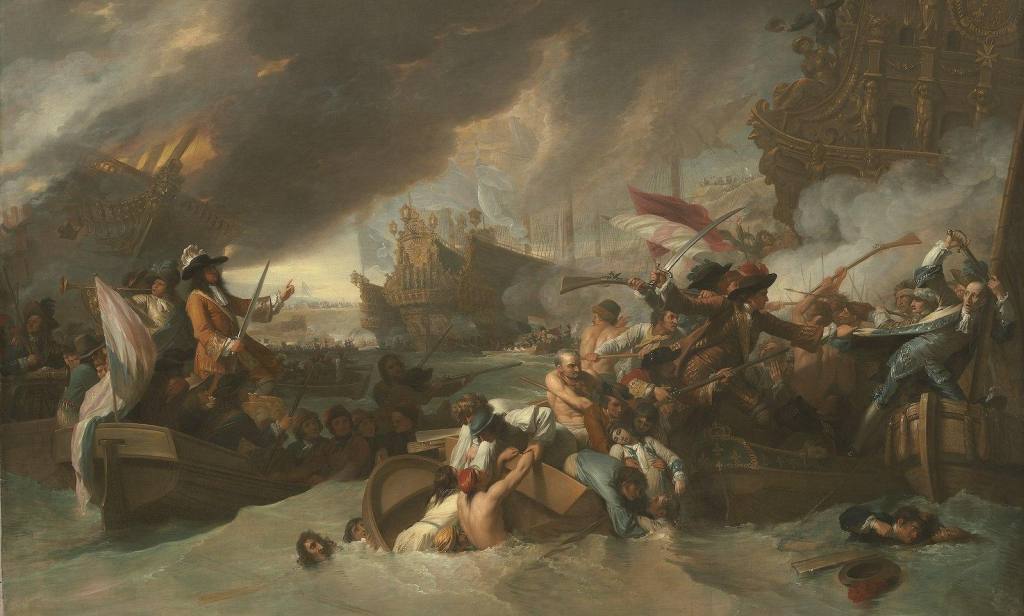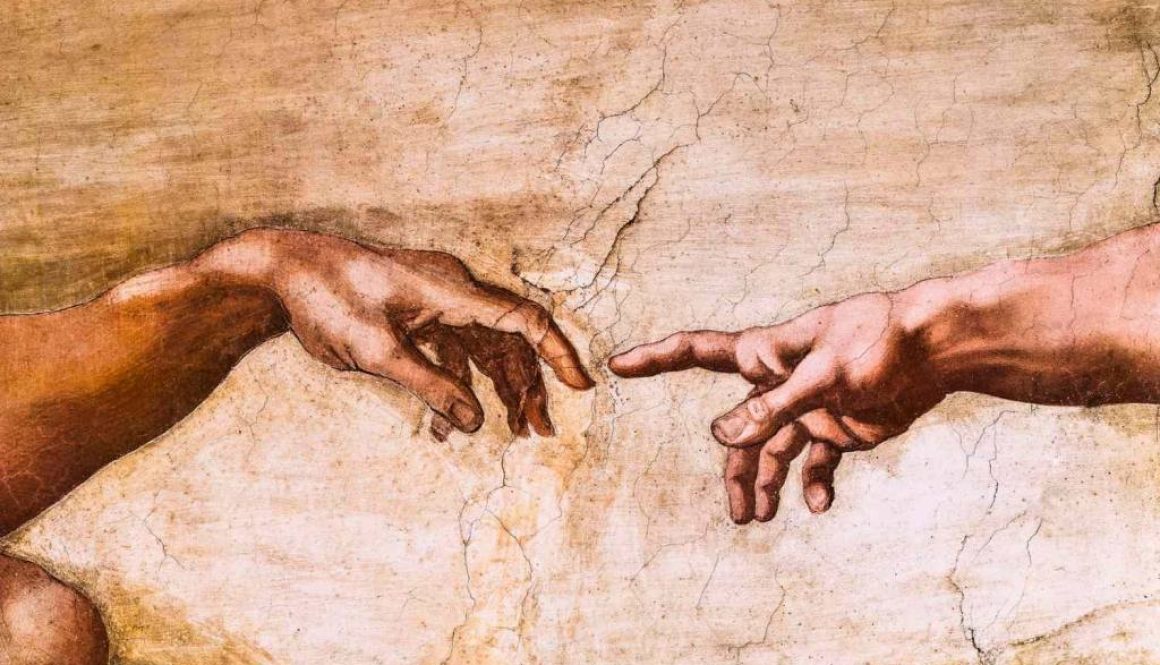Your Favorite Historical Artists
Art history is filled with incredible talent, vision, and innovation. Each era has brought forth artists whose works have influenced not just the art world, but society as a whole. From the Italian Renaissance to post-impressionism, historical artists have left an indelible mark on our culture, inspiring generations of creatives. These masters of their craft have captured the human experience in ways that still resonate today. Let’s take a look at a few of the most beloved historical artists whose legacies continue to inspire art lovers everywhere.
Leonardo da Vinci
Leonardo da Vinci is often considered the quintessential Renaissance man. His mastery across disciplines—from painting and sculpture to science and engineering—makes him one of the most admired figures in art history. Da Vinci’s iconic works, such as the Mona Lisa and The Last Supper, are not only masterpieces of their time but have become universal symbols of artistic excellence. His ability to capture intricate details and human emotion with such realism was groundbreaking, influencing countless artists who came after him.
But Leonardo wasn’t just a painter. His notebooks reveal his genius as an inventor and thinker, filled with designs for machines, anatomical sketches, and studies on light and shadow. His approach to art was rooted in scientific observation, a practice that set him apart from his contemporaries. Da Vinci’s legacy remains as one of creativity, curiosity, and brilliance. His works still draw millions of visitors to museums like the Louvre each year, proving that the allure of his genius endures.
Vincent van Gogh
Few artists have captured the public imagination like Vincent van Gogh. Known for his emotive use of color and expressive brushwork, van Gogh’s art is instantly recognizable and deeply moving. Though he struggled with mental illness and lived much of his life in poverty, his work has become some of the most celebrated in history.

Van Gogh’s masterpieces, such as Starry Night and Sunflowers, are beloved for their vibrant colors and emotional depth. His style, characterized by thick, swirling brushstrokes and bold color contrasts, was revolutionary at the time. Van Gogh painted with a sense of urgency and passion, and his work is imbued with a raw, almost palpable emotion. Though he sold very few paintings during his lifetime, his posthumous fame has made him one of the most important figures in modern art history.
Beyond his technical skills, what draws people to van Gogh is his tragic personal story. His letters to his brother Theo reveal a man who was deeply sensitive and troubled but fiercely committed to his art. Today, van Gogh’s works fetch record prices at auctions, and his life story continues to fascinate artists, historians, and the general public alike.
Frida Kahlo
Frida Kahlo, one of the most iconic figures in 20th-century art, used her personal experiences as the foundation for her deeply symbolic and surrealist paintings. Her work often explored themes of pain, identity, and resilience, making her a beacon for those who have endured hardship. Kahlo’s distinct style is rooted in Mexican culture, with vivid colors and folk art influences that celebrate her heritage.
Kahlo’s most famous works are self-portraits, where she depicted her physical and emotional suffering with unflinching honesty. Her painting The Two Fridas, for example, explores the duality of her identity and the pain of her tumultuous relationship with fellow artist Diego Rivera. Kahlo’s openness about her struggles—whether it be her lifelong battle with health issues or her complex personal life—has made her a symbol of strength for many. Her work continues to resonate with audiences today, and she is celebrated not just as a great artist but as a feminist icon. Her legacy has expanded beyond the art world, making her an enduring cultural figure.
Michelangelo
Michelangelo is often hailed as one of the greatest artists of all time, excelling as a painter, sculptor, and architect. His works defined the High Renaissance and continue to be revered centuries later. From the awe-inspiring ceiling of the Sistine Chapel to the iconic sculpture of David, Michelangelo’s ability to depict the human form with such perfection remains unparalleled.
Michelangelo’s approach to art was one of relentless dedication. He famously declared that he found the sculpture within the marble, merely chipping away to reveal it. This philosophy is exemplified in his Pietà, a sculpture that captures the sorrow and grace of Mary cradling the body of Christ. Michelangelo’s work was rooted in a deep understanding of anatomy and form, which allowed him to create lifelike figures with a sense of movement and emotion that was ahead of his time.
Beyond his artistic prowess, Michelangelo was known for his intense personality and high standards. His perfectionism drove him to create some of the most stunning works in history, but it also made his process demanding and challenging. Today, his influence on Western art is immeasurable, and his works continue to inspire awe and admiration.
Conclusion
The artists of the past have shaped the world of art in ways that still influence contemporary culture. From da Vinci’s scientific approach to art to van Gogh’s emotional expressionism, each of these artists brought something unique to the table. Kahlo’s deeply personal works and Michelangelo’s mastery of form further highlight the incredible range of creativity throughout history. As we look back on their contributions, it’s clear that their legacies will continue to inspire future generations of artists and art lovers alike. For those who wish to explore these artists further, numerous websites and online resources provide access to their works and offer insights into their lives and techniques, keeping their spirits alive in the modern era.

